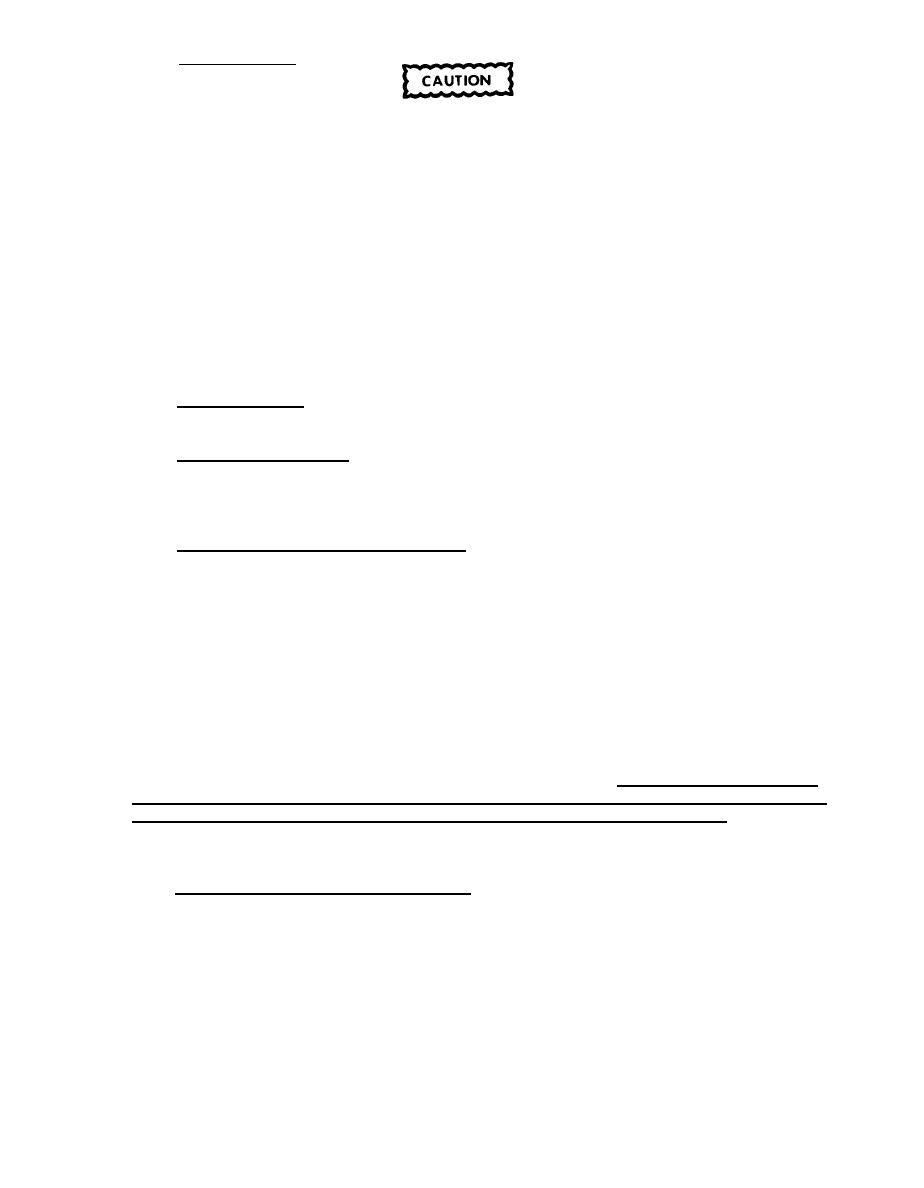

Custom Search
|
|

|
||
 2.3 Pipe Covering.
Never stand or sit on aluminum jackets. Severe damage to the
insulation will result.
A b o v e g r o u n d piping is covered with insulation (refer to chapter 7) and then
f u r n i s h e d with a protective covering of one layer of impregnated roofing felt
and an aluminum jacket. T h i s covering provides protection against weather and
mechanical damage. T h e felt is applied with longitudinal and circumferential
seams lapped not less than 4 inches and secured with stainless steel staples.
The aluminum jackets, l o n g i t u d i n a l l y corrugated for strength, are not less
t h a n 0.017-inch thick. T h e longitudinal and circumferential seams are lapped
not less than 2 inches. J a c k e t s are secured with aluminum strips or with
stainless steel sheet metal screws set on not more than 5-inch centers on the
l o n g i t u d i n a l and circumferential seams.
2 . 4 Road Crossings. Road crossings are often made by transition to an
underground system which usually serves as an expansion loop.
2 . 5 Elevation Clearance. C o n d u i t s may be located as little as 12 inches or
as much as 22 feet above grade. The clearance above roadways is from 14 to 16
f e e t for automobile and truck traffic. F o r railroad crossings the clearance
is 22 feet above grade.
2.6 Pitch of Aboveground Steam Lines. Steam lines are pitched down at a
m i n i m u m of 3 inches per 100 feet of length in the direction of steam flow.
O f t e n counterflow of condensate within the steam pipe will occur in a portion
of a pipeline because of steam flow reversal in a loop system.
In these
c a s e s , that portion of the pipe is pitched a minimum of 6 inches per 100 feet
and pipe diameters are increased by one standard pipe size. I n c r e a s i n g the
f l o w area reduces the steam velocity in the pipe and prevents retention of
condensate and water hammer.
3 UNDERGROUND DISTRIBUTION SYSTEMS. U n d e r g r o u n d distribution systems shall
only be used where local conditions prohibits the use of above-ground systems;
for example, when an above-ground system would create a hazard to aircraft or
o t h e r operations. Underground systems are more costly to install and more
difficult to maintain than the above-ground systems. Justification, stating
t h e conditions which prohibits the use of above-ground systems is required on
a l l MCON and special projects involving steam distribution systems.
This
i n c l u d e s repair by replacement type projects where the existing distribution
systems are underground.
3.1 Advantages of Underground Systems. The main advantages of using
u n d e r g r o u n d distribution systems follow.
T h e y are a less vulnerable target.
3-5
|
 |
|
 |
||